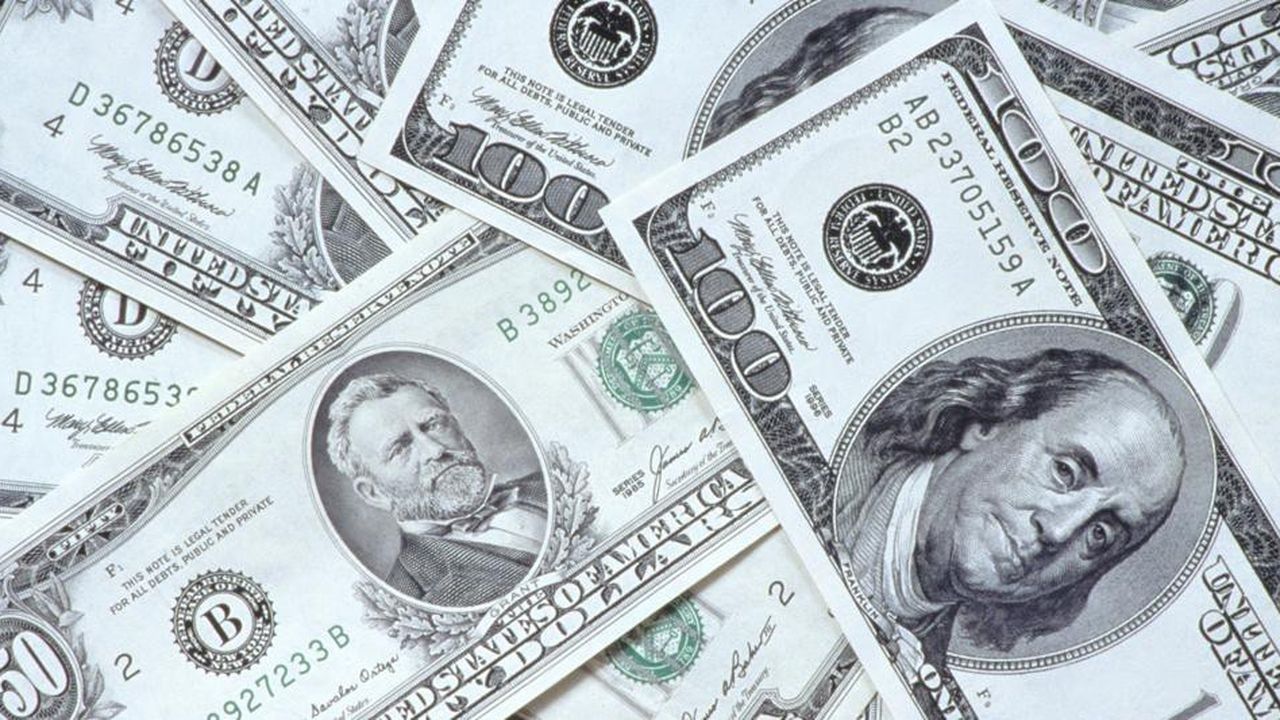Having gone in fifty years from the status of the world’s leading creditor to that of the leading debtor, the United States has sometimes imposed its conditions on the markets. And investors were presented with a fait accompli by the world’s leading economic and financial power. It was in 1979, under the Carter administration, that the most serious incident took place in terms of its impact on interest rates. On three occasions (April 26, May 3 and May 10), the US Treasury was unable to repay on time three short-term Treasury loans (less than one year, T-Bill) which were maturing for an amount total of $121 million.
Attracted by returns of 10%, in theory without risk, many individuals had acquired them. They had to wait between 7 and 20 days before being reimbursed by the American Treasury. The latter claimed administrative concerns, namely the relocation of the offices responsible for sending the numerous checks to the Americans. The success had been such that its services were overwhelmed with hundreds of thousands of letters to send. At the time, the “paperwork” imposed its rhythm. He refused to compensate the investors, some of whom initiated a class action. The case went all the way to the Supreme Court. The latter acknowledged that there had indeed been “a default in payment of the principal”. But it ruled in favor of the Treasury under a form of immunity established by one of its previous judgments dating from 1937. It established that after a default, the American government was not obliged to pay default interest.


